Winter has always been a little tough for me. I really feel the effects of less sunshine and time outside. Most of my hobbies are outdoor-related, so when winter comes rolling around, sometimes I’m not sure what to do in my free time. The feeling of having nothing to do paired with a lack of vitamin D is a sure recipe for seasonal depression.
Over the years however, I’ve developed a new focus for these times: winter has become my prepping season. More specifically, I make a stockpile of dehydrated backpacking meals for the upcoming spring and summer. Dehydrated food is ideal for backpacking because it’s lightweight and has a long shelf life, and I enjoy making my own meals using a home dehydrator. I’ve experimented with developing recipes for all sorts of meals over the years – everything from Cincinnati chili to Kimchi fried rice. To rehydrate meals while on the trail I simply add hot water and let sit for about 10 minutes. Homemade snacks include beef jerky, bean dip mix, dried fruit and fruit leather.
Hearing the constant hum of the dehydrator has become a part of my winter tradition. I mostly use the dehydrated meals and snacks for backpacking trips, but they also come in handy for impromptu car camping trips, grab-n-go lunches on the kayak, you name it.
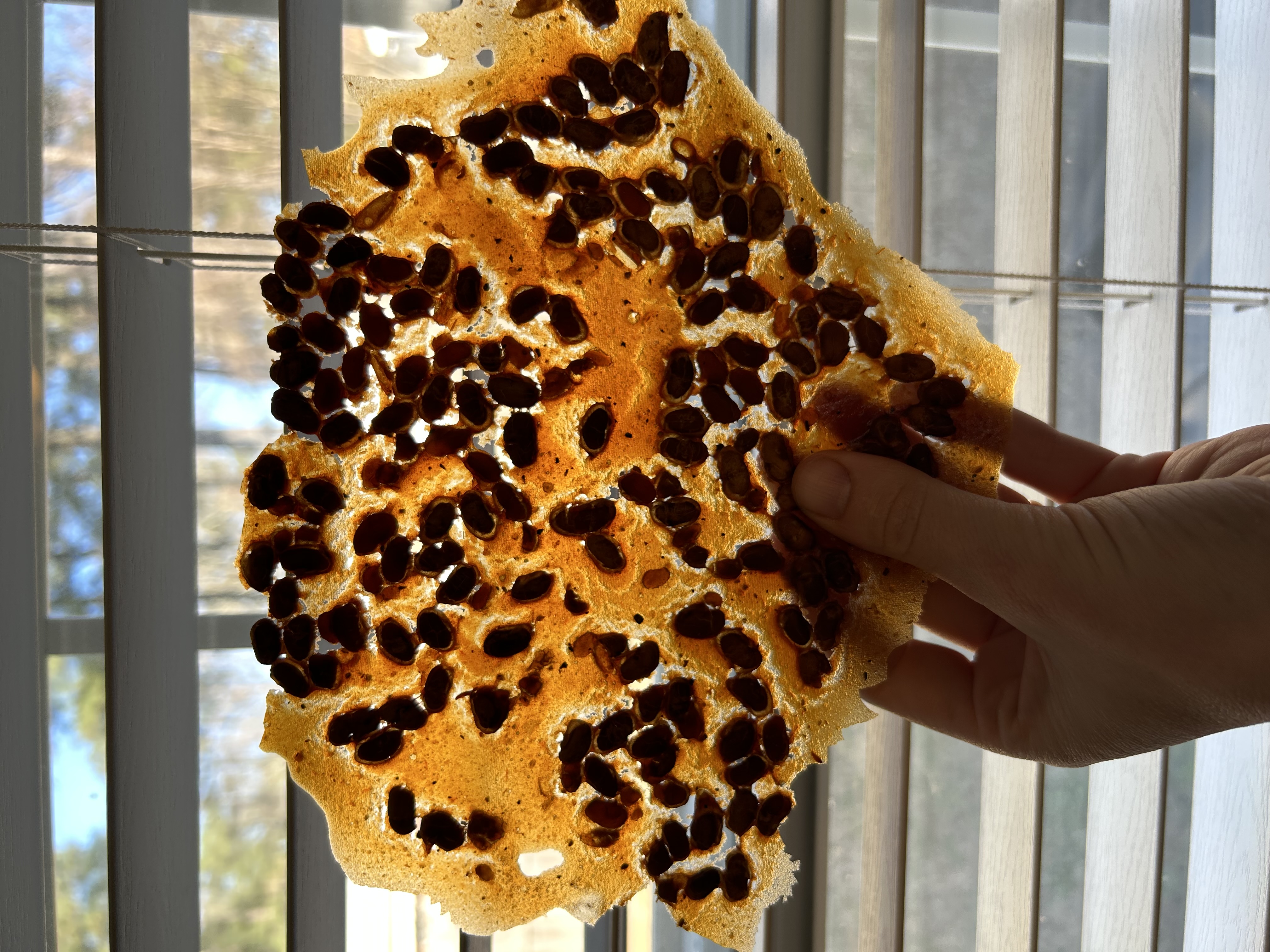
A stained glass window of dehydrated baked beans. Modern art.
From here it will get broken into small pieces, and vacuum sealed into single portion-sized bags.
Benefits of winter food prepping
- It gives me something to do during the sad months and keeps my hobby-brain activated.
- It’s a good excuse to fantasize about all the adventures I have coming up.
- It makes adventure season easy. When spring hits, it’s go time. I don’t need to spend any time planning or preparing food.
Appalachian Trail
This coming spring I have my longest adventure to date, a thru-hike of the Appalachian Trail. However, most of my food on the AT will be store-bought. I plan to resupply at the local stores of the small towns I pass through. Why am I opting for store-bought food on the AT? Convenience, mostly.
Some thru-hikers supply their own DIY food by mailing themselves boxes along the way. The problem with that method is that it gets complicated. You have to get to the post office when they’re open, and a lot of these small mountain towns have very limited hours. Your tastes and cravings may evolve over the course of the 2,200 miles as well. Imagine preparing 6 months worth of dehydrated split pea soup, then realizing two weeks in that you never want to eat split pea soup ever again. The downside to store-bought is that you can only eat what’s available at the local grocery store, gas station, or Dollar General. I’m going to be eating a lot of Ramen noodles.
Considering DIY food for thru-hiking
| Pros | Cons |
|---|---|
| Cheaper than store-bought | Postage costs |
| Generally tastes better | Less flexibility in time and place for resupply |
| Control over ingredients – good for those on a special diet | Tastes/cravings may change over time |
| Control over portion size | May not be the right amount of food in your box |
| Variety – endless possibilities for recipes | Mailing and picking up boxes can be a hassle |
| It’s a fun hobby | Requires time and effort to prepare |
Compromise
I feel good about my decision to primarily resupply in local stores, but I couldn’t let a winter go by without at least preparing some of my own backpacking food. I do plan to have my wife send me a few boxes here and there, maybe about once a month or so. When I need to swap out gear, for example, she can toss in a few meals if there’s room in the box. There also may be certain locations where resupply is more difficult and I can request a box.
Over winter break I made some of my trail favorites: pasta with meat sauce, baked beans with ground turkey, and split pea soup. I may also make a batch or two of beef jerky, but other than that, that’s it for this year.
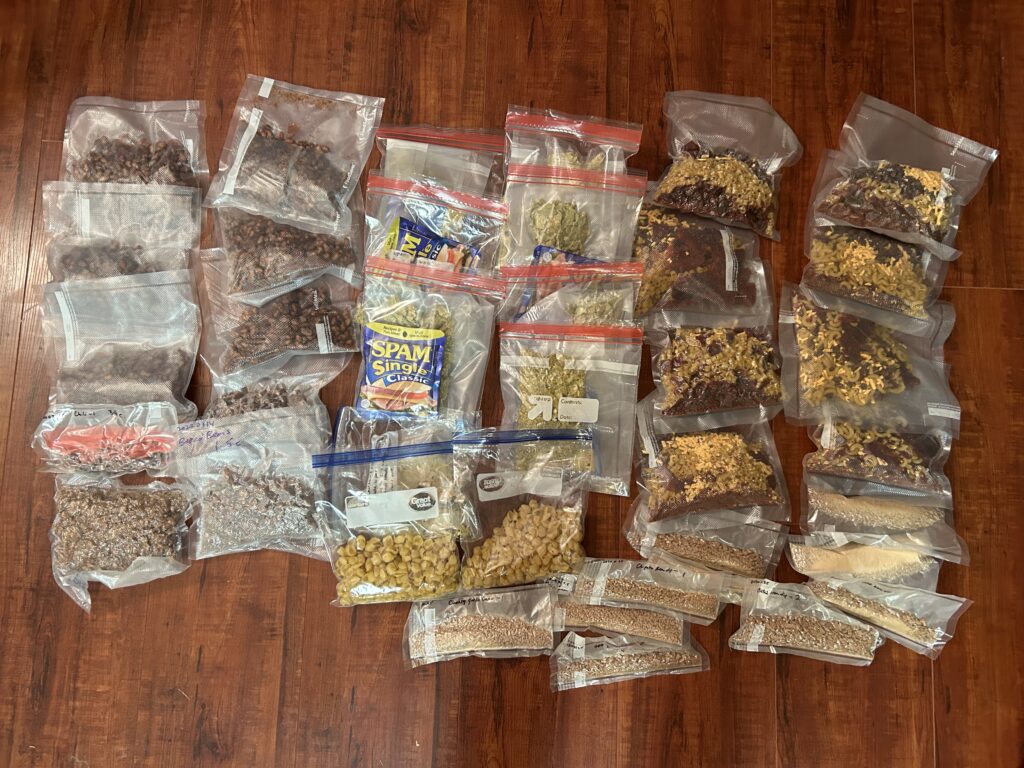
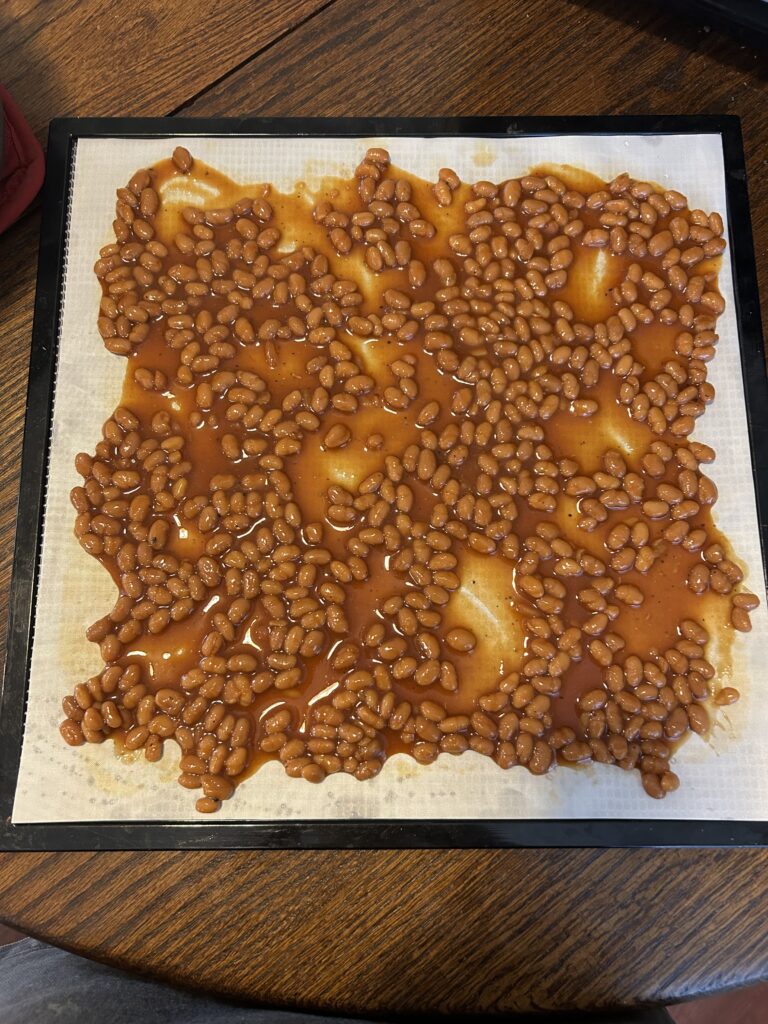
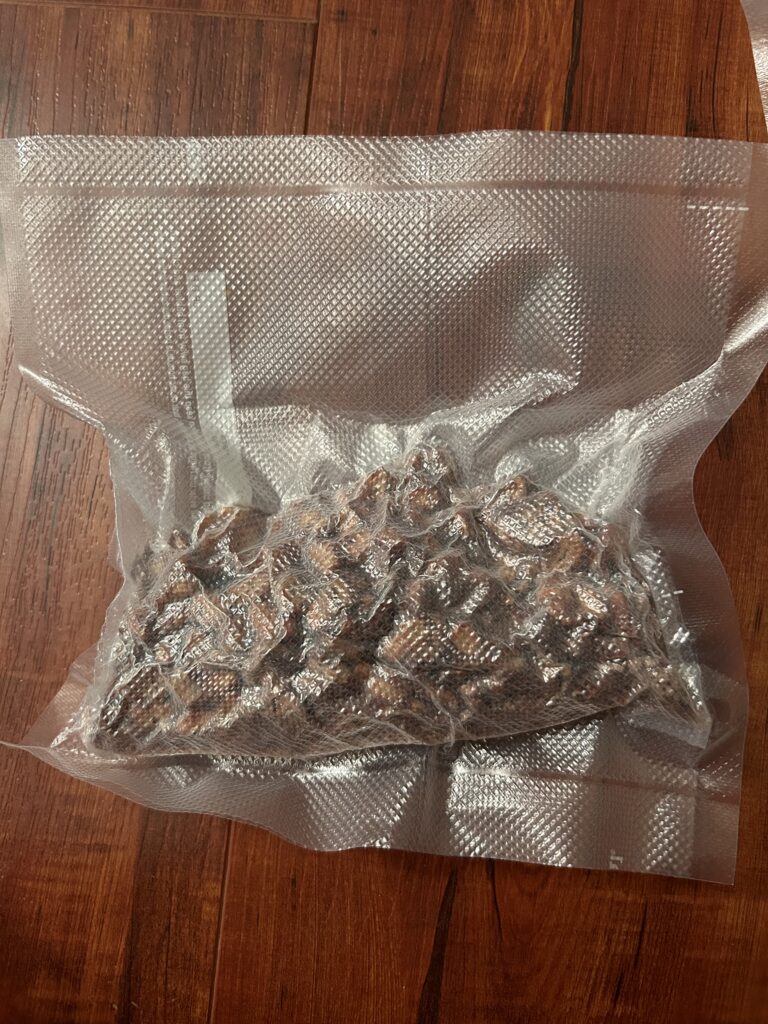
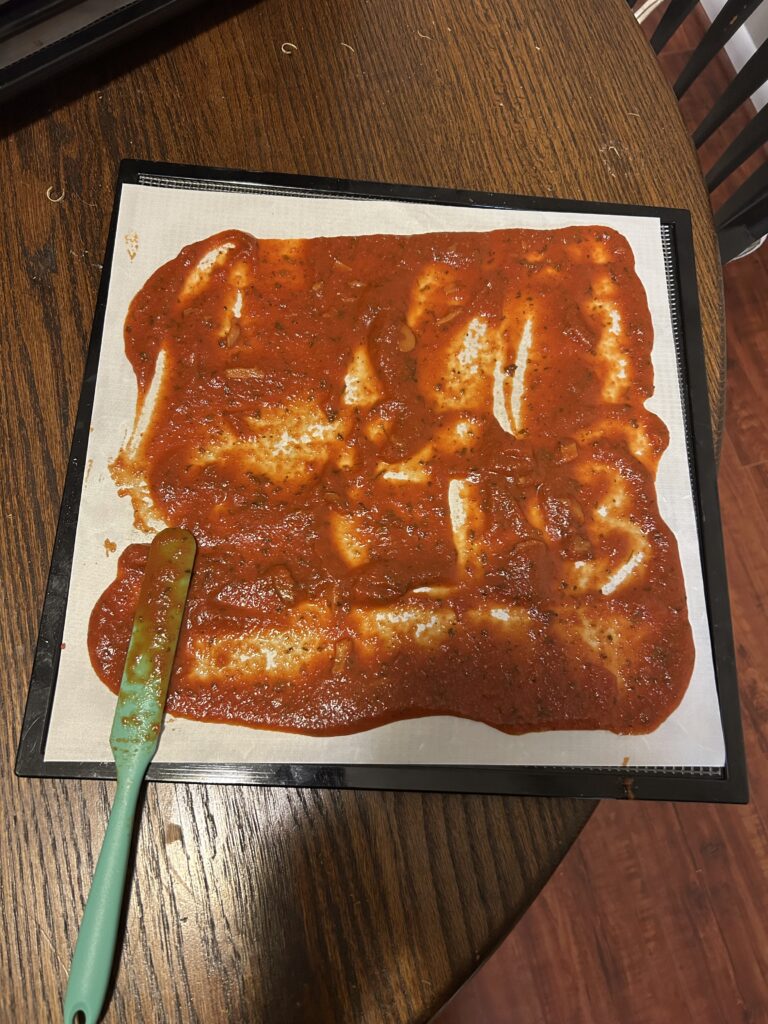
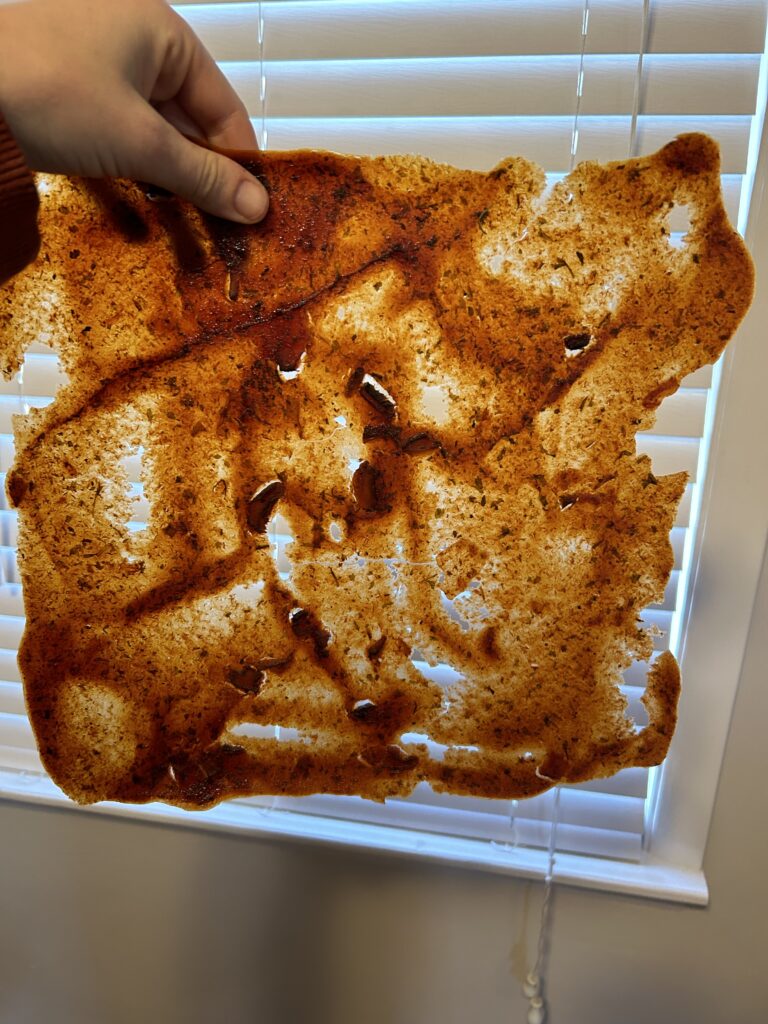
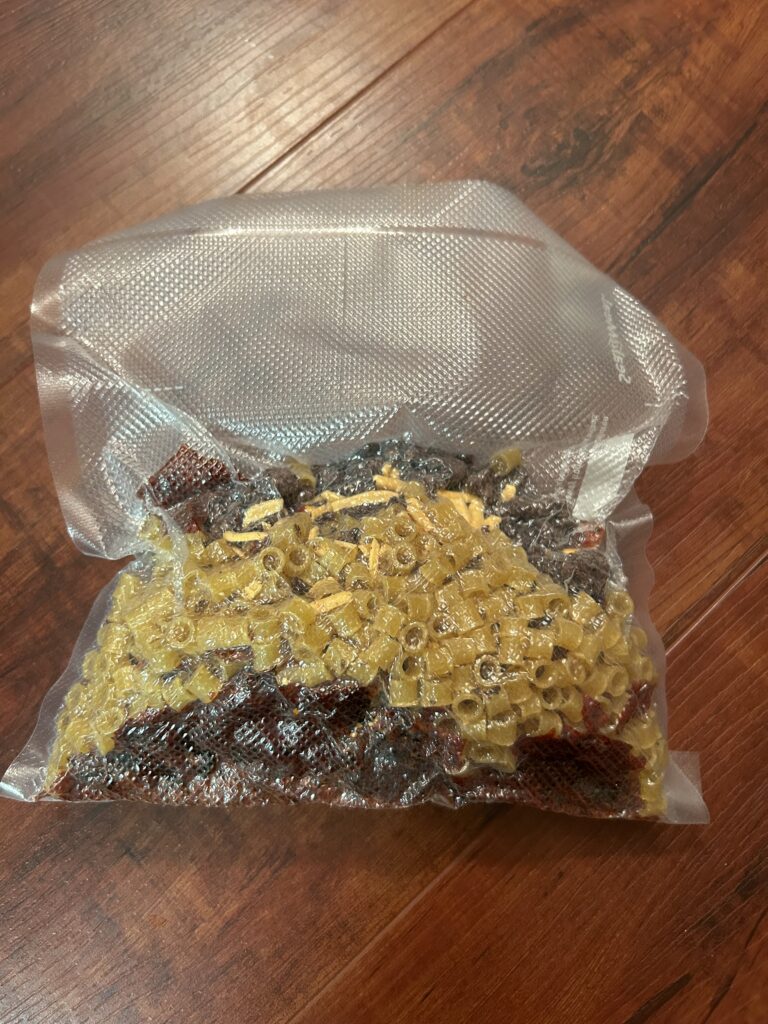
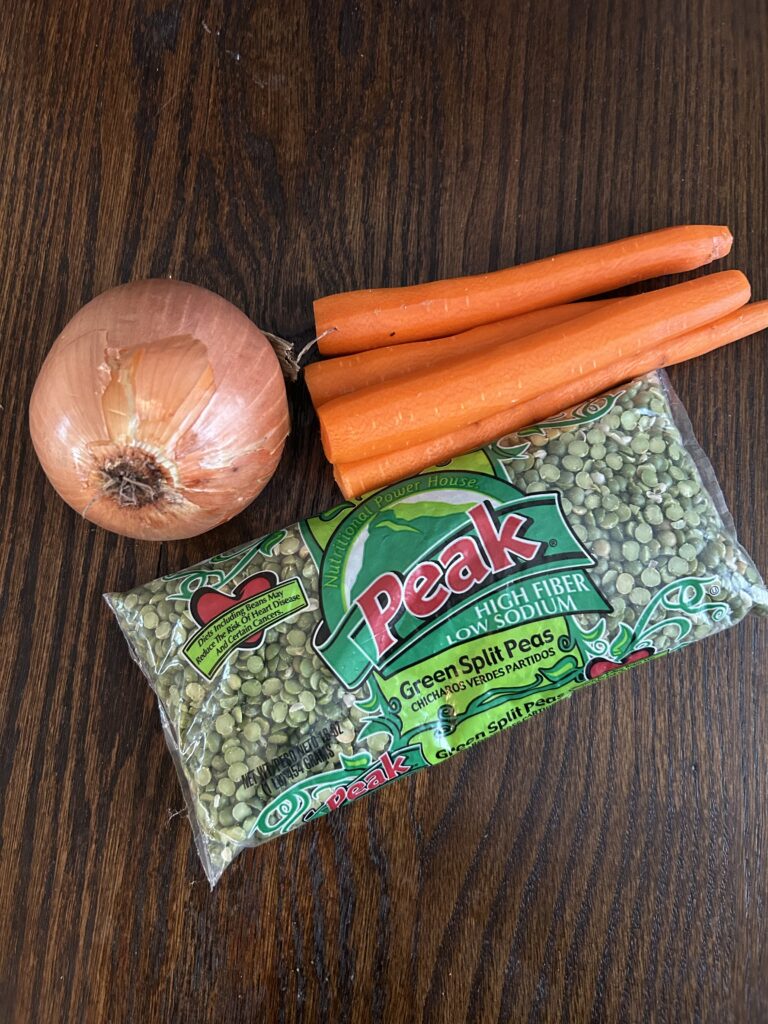
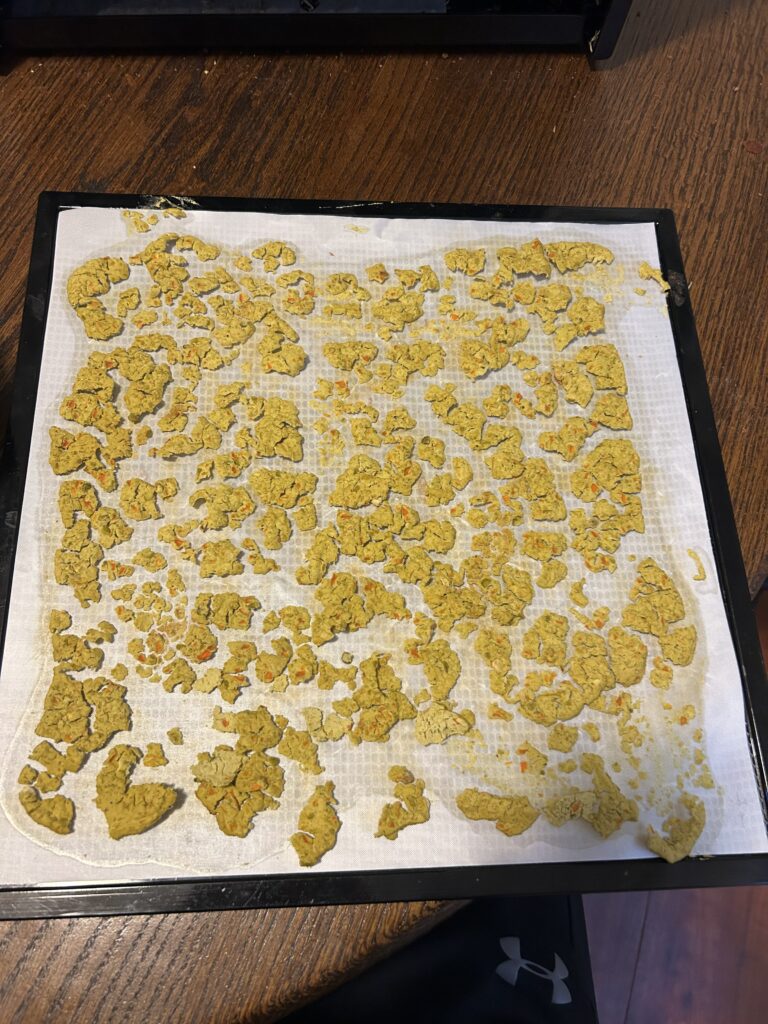
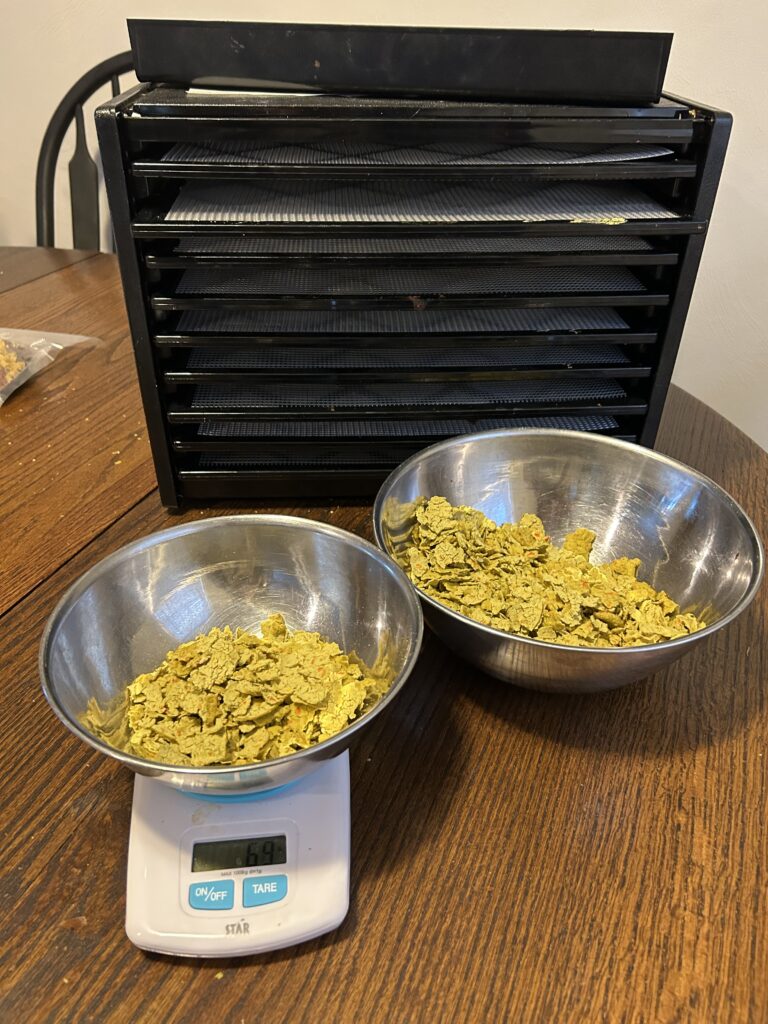
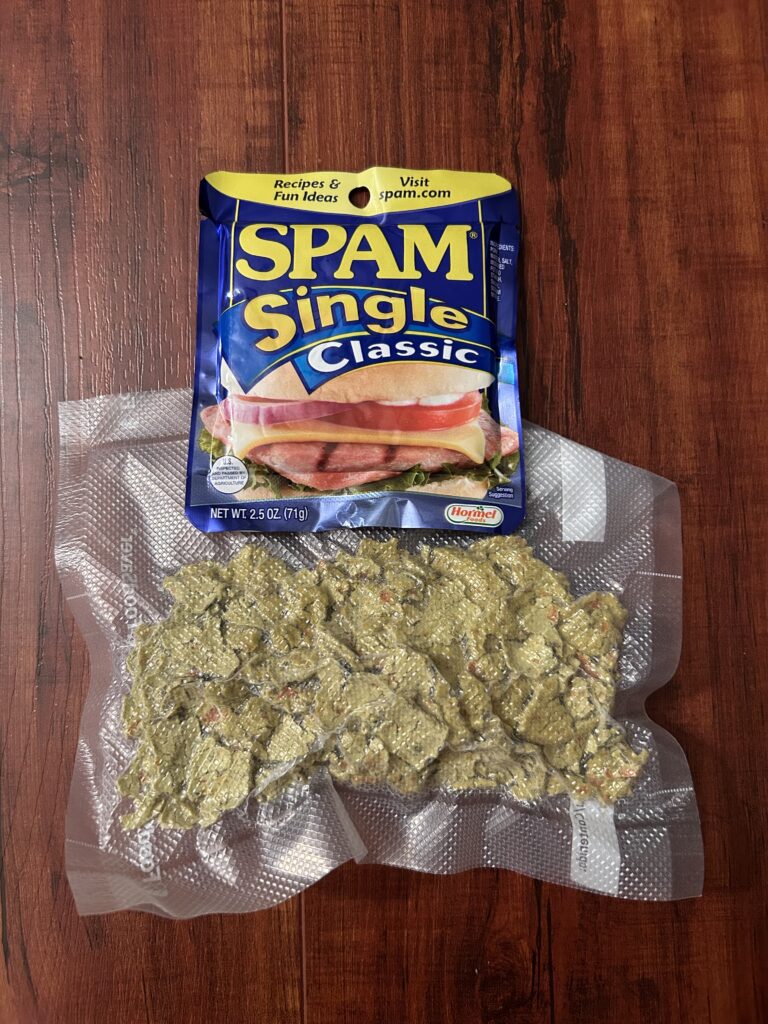

Cooool! I’ve always admired making your own dehydrated food. I’m sure you’ve had a lot of trial and error along the way.
Do you think about macros? Or just calories?
Good question! Yes and No. When long distance hiking for months on end, I will most certainly be in a calorie deficit, so getting calories in is my number 1 priority – and I’ll take them any way I can.
My second priority is protein. Carbs provide much needed quick energy, but most shelf-stable hiking/camping food are inherently very carb heavy (bars, candy, dried fruit, trail mix). Protein is much harder to come by on the trail. I don’t generally track my exact macros, but I do make an effort to include as much protein as I can.
As for fat, fatty foods tend to deliver the most calories per ounce of carried weight. However, fatty foods are more prone to spoilage when dehydrated, so most of my homemade meals are lean. When I can source fatty food (see above spam packet!), it’s a great way to get calories for a low weight penalty.